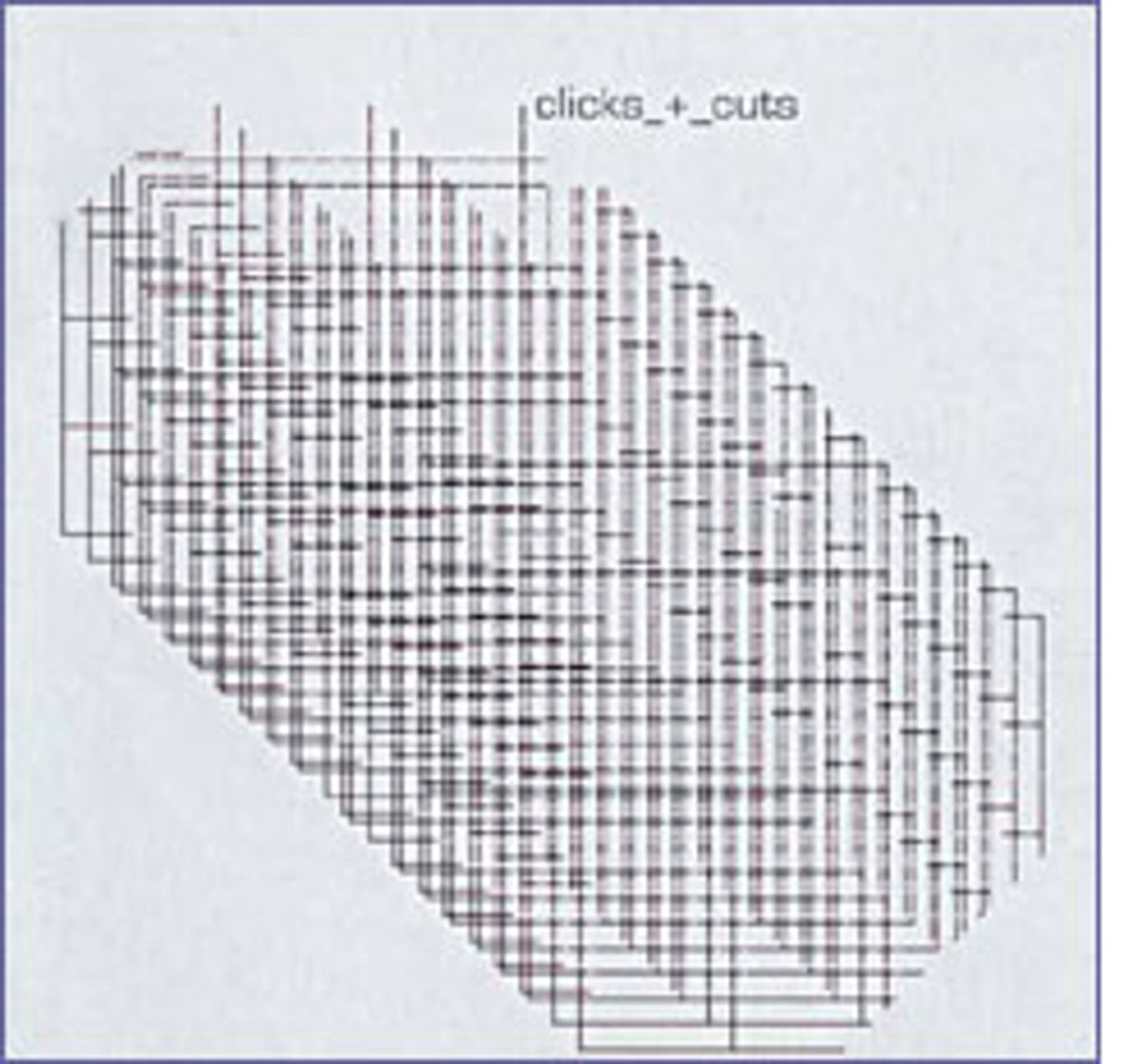Karlheinz Stockhausen says that he first conceived of "Helicopter String Quartet" in a dream, and it's not long into the 32-minute piece that you're right there with him, hovering somewhere between fleeting vision and unimaginable reality. The composition, originally executed in 1995, recorded the members of the Arditti String Quartet playing inside four Royal Dutch Air Force Helicopters. The choppers, meanwhile, flew patterns charted in the composer's score. Both the helicopters and the string players were miked for sound, broadcasting in real time to a console on the ground where Stockhausen mixed them together.
That Stockhausen pulled off the project is, in the very least, staggering. (As is what it says about the supremely cool state of European arts funding.) But more shocking is how well the, uh, high concept pays off in purely musical terms. The piece certainly benefits from the novelty of its crazed ambition -- and the winsome image of baffled pilots staring at a color-coded flight chart/musical score -- but "Helicopter String Quartet" resonates even more for its peculiarly nimble pairing of man with machine.
The German-born Stockhausen began composing music in the 1950s and quickly graduated to such mad (and often maddening) experiments. His early electronic and tape-collage works -- including "Hymnen," a dizzying cross-weave of the world's national anthems from 1967 -- are landmarks still revered among deconstructionist DJs. Before that, his influence seeped beyond the world of avant-garde musicians to less academic circles: He was cited as the inspiration for both the Beatles' "Revolution 9" tape puzzle on the "White Album" and Miles Davis' gristly funk collage, "On the Corner."
On the Montaigne Auvidis label's new studio recording of "Helicopter String Quartet," which set the same players against the helicopter source tape under Stockhausen's watch, the composer couples his found-sound aesthetic with his more classicized orchestral work. Stockhausen will always be Stockhausen, so even his most faithful arrangements are classical more in context than in sound. Instead of melody and harmony, he's concerned with the more abstract properties of sounds and the sometimes-strained relationships between them.
On "Hymnen," Stockhausen dissected politically charged anthems in a process he called "intermodulation." Certain songs were stripped of their tune, exposed as rhythmic skeletons and redressed with melody lines transplanted from other songs -- something like disrobing two mannequins and switching their clothes. In a less literal sense, that's what he does on "Helicopter String Quartet." The instrumental arrangement -- played on two violins, viola and cello -- takes on the essence of the accompanying chopper sounds, buzzing and slapping and droning on cue as the helicopters climb and fall and hover. The cross-hatching is all crafted by intricate design, of course, and there's really no overestimating Stockhausen's compulsion for such things -- "Helicopter String Quartet" was actually written as just a tiny piece of "Light," a week-long sound cycle he's been composing since 1977.
Just as inconceivable as the composer's score is its translation by the Arditti Quartet. They treat their instruments as an endless cast of characters while they scream, drool and deadpan an irrationally tragicomic take on vocal counting, in German. And when the piece fades out as the helicopters land, it's near impossible to distinguish who -- Stockhausen, the quartet, the pilots, the music itself -- was actually manning the controls.



Shares